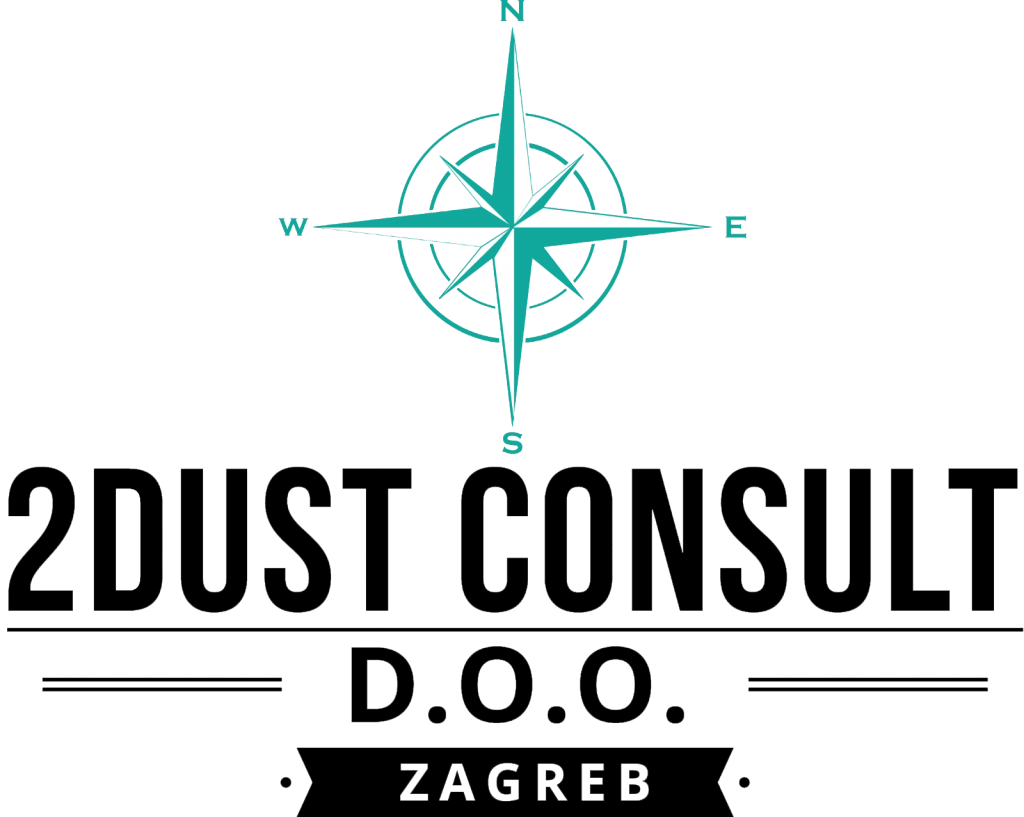Job systematization is the process of defining, describing and classifying different job positions within the organization. The goal of systematization is to create a structured framework for human resource management, including defining responsibilities, qualifications, salaries and promotions.
1. Job identification: Identify all job positions in the organization. Talk to the people in charge and analyze the current tasks and responsibilities of each position.
2. Job Descriptions: Write a detailed description for each job position. Descriptions should include the job title, job description, expected work results, responsibilities, qualifications and skills required to perform the job.
3. Job Classification: Classify jobs according to specific criteria such as level of responsibility, qualifications and job requirements. This may include creating job hierarchies and establishing rankings.
4. Pay and Benefits: Determine the pay and benefits for each job position. Consider relevant factors such as work experience, education, responsibilities, job requirements and market values.
5. Link to career development: Link job classification to career development plans and employee advancement. Define clear progression paths for each position to encourage employee motivation and growth.
6. Communication with employees: Communicate with employees about the systematization of jobs. Explain the process and how it will affect them. Give them a chance to ask questions and give their feedback.
7. Implementation and monitoring: Implement the new job systematization in the organization. Regular monitoring and auditing of the system to ensure that it is in line with changes within the organization and market conditions.
It is important to have a clear job systematization system in order to ensure transparency, fairness and efficiency in human resource management.






